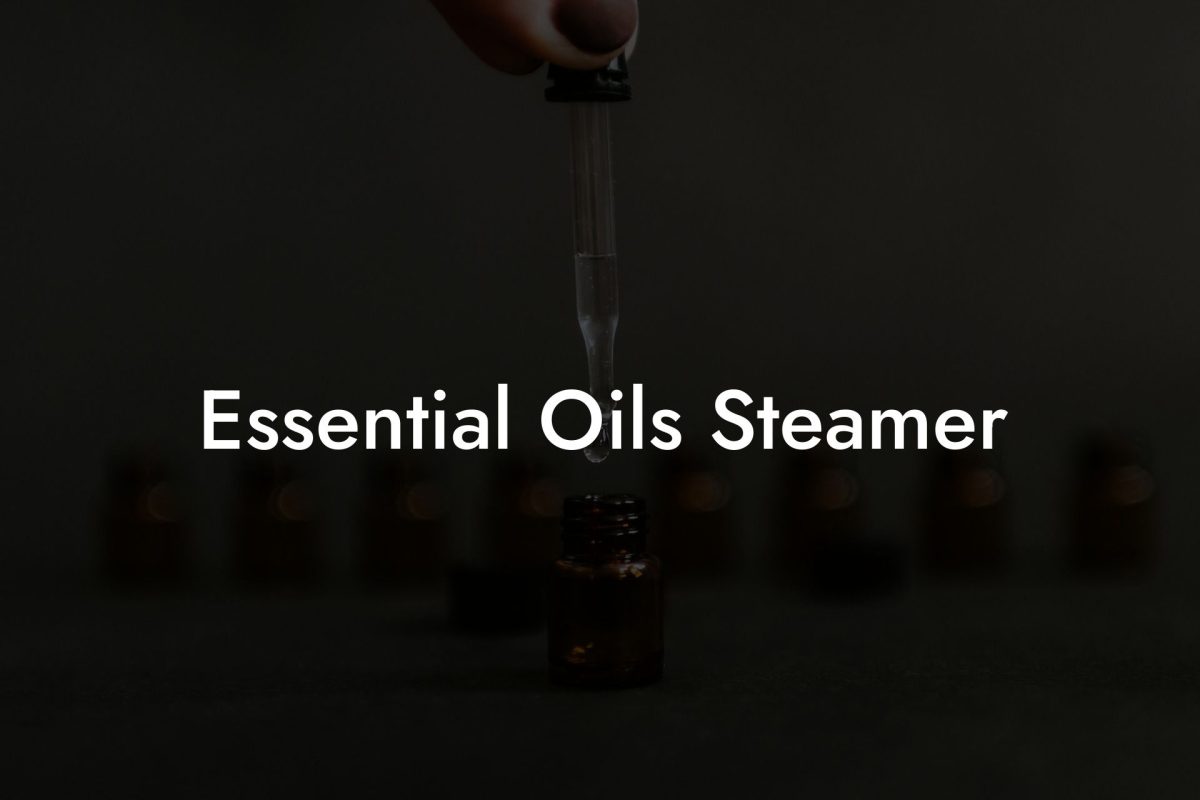Are you tired of generic store-bought perfumes that everyone else wears? Have you considered making your own unique scent using essential oils? With the easy tips and tricks provided in this blog post on DIY perfume with essential oils, you can create your personalized fragrance at home! Not only will you be saving a lot of money, but your perfume will also be free from harmful chemicals and synthetics. So, let’s dive right into the world of crafting your signature scent.
Table of Contents
Choose your Essential Oils
To create your DIY perfume, the first step is to choose the essential oils you want to include in your blend. Remember that each oil has its own aroma and therapeutic properties, so pick wisely. You can start by selecting a theme for your perfume, like floral, citrusy, woodsy, or spicy.
Essential Oil Categories
- Floral: Lavender, Geranium, Rose, Ylang Ylang
- Citrus: Lemon, Orange, Grapefruit, Bergamot
- Woodsy: Cedarwood, Sandalwood, Pine, Vetiver
- Spicy: Cinnamon, Clove, Ginger, Nutmeg
Create a Balanced Blend
To have a well-rounded scent, choose essential oils from the following categories:
- Top Notes: These are the first scents you detect when smelling a perfume. They are usually light and fresh, such as citrus or green oils.
- Middle Notes: They give your perfume its main character, and are usually floral or spicy.
- Base Notes: These bring depth to your fragrance and are usually woodsy or earthy.
Select a Carrier Oil
Carrier oils help dilute essential oils, making them safe for skin application. They also help with the absorption and longevity of the fragrance. Examples of carrier oils include:
- Jojoba Oil
- Almond Oil
- Coconut Oil
- Argan Oil
Blend and Store Your DIY Perfume
Once you have selected your essential oils and carrier oil, it’s time to blend and store your DIY perfume. Here’s how to do it:
- Choose a dark-colored glass bottle to better preserve the fragrance.
- Follow the 30-50-20 rule, 30% top notes, 50% middle notes, and 20% base notes. In a 10ml bottle, use a total of 25-30 drops of essential oils.
- Fill the remainder of the bottle with your chosen carrier oil.
- Cover the bottle and shake well to mix the oils.
- Store the bottle in a cool, dark place for at least two weeks to let the scents meld together.
Diy Perfume With Essential Oils Example:
Here’s an example of a DIY perfume blend:
Floral Citrus Perfume:
- Top Notes: 10 drops Bergamot (Citrus)
- Middle Notes: 15 drops Lavender (Floral)
- Base Notes: 5 drops Sandalwood (Earthy)
- Carrier Oil: Jojoba Oil
So, there you have it! Creating your own DIY perfume with essential oils is easy, fun, and affordable. The possibilities are endless when it comes to blending your unique scent, so experiment with different combinations to see what works best for you. If you found this guide helpful, please share it with others who might benefit from it as well! For more essential oil tips and guidance, explore other articles on Oshu Oils’ blog. And don’t forget to browse our range of artisan essential earth oils to get started on your bespoke perfume journey.





















